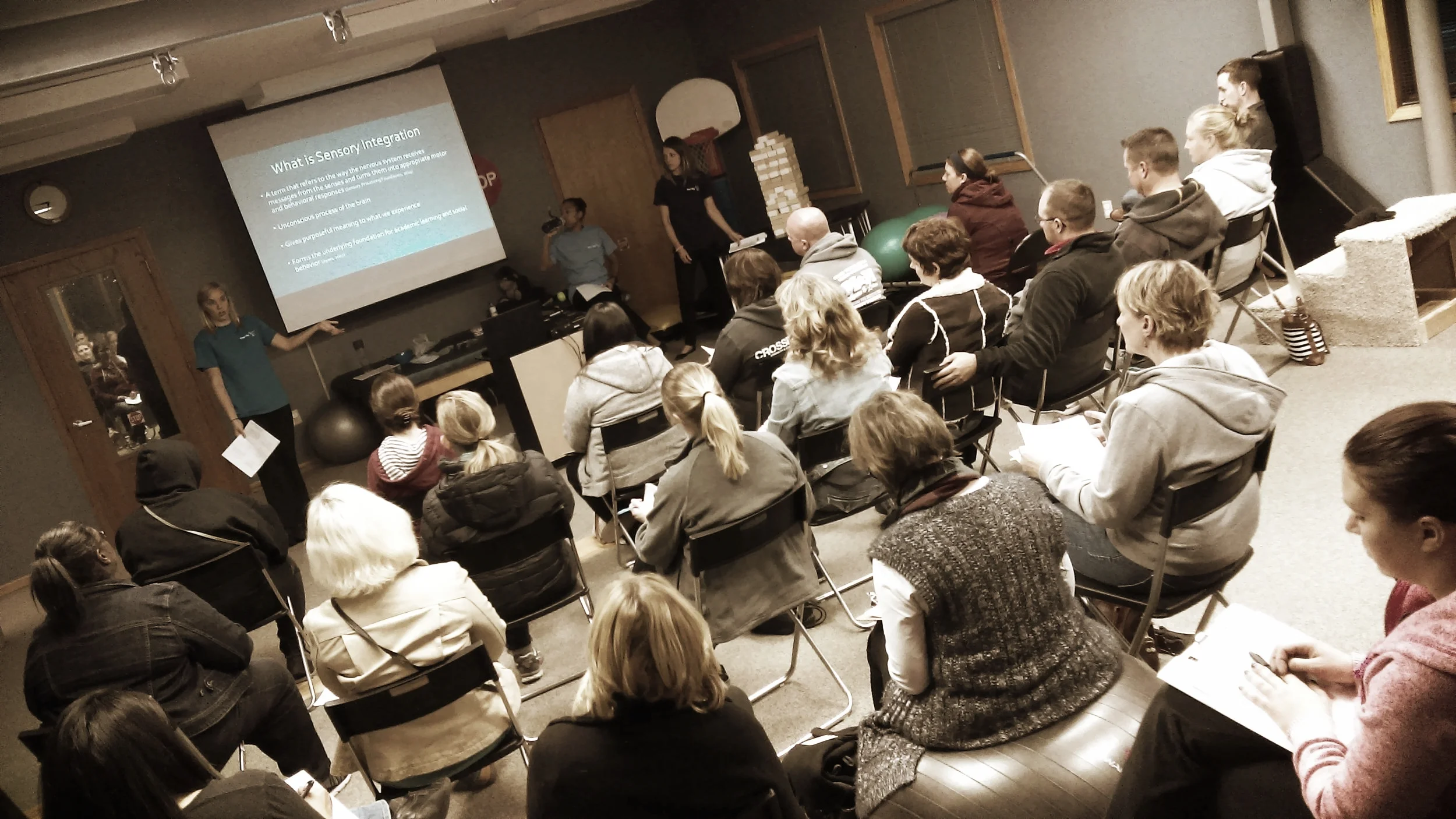Imitation a Key to Speech Development
/Having children imitate is a large part of early language development. What happens when your child does not want to or is not able to imitate? We have complied a few different approaches for at home and in speech therapy that are great ways to promote children’s speech that work as building blocks for language development and imitating. These are approaches that you may see your child working on during their speech therapy sessions.
The first is to use an augmentative and alternative communication (AAC) device. This is a form of assistive technology that uses pictures or written words to help a child communicate by allowing them to use highly used and core words. An example of this could include an app or book of pictures of your child’s favorite snacks, toys, and even commonly felt emotions, so they are able to turn to the correct page and point to what it is that they want or how they may be feeling. Studies have shown that using AAC increased language production by 89%. AAC is a great way to model word use and sentence structure early.
Another approach is to minimize the pressure on children to speak. When we put a lot of pressure on kiddos to speak, it can cause them to tense up, affecting their breathing pattern, increasing their heart rate and more. This can cause a negative association with speaking for some children and cause them to not want to speak even more. To decrease some of that pressure, studies suggest using puppets with your child and allowing the child to lead the conversation or session.
If the child won’t imitate you, we could switch it around and imitate the child! A lot of parents often wonder why the therapist just keeps repeating what the child is doing and saying. By doing this, the therapist is giving the child the building blocks they need to learn how to begin imitating themselves. Imitating is a skill that needs to be learned, just like the skill of riding a bike. Seeing someone else do it is an important part. By imitating a child, we can take words or sounds that they do know and start adding on small pieces at a time to increase their words and create target words for them to continue working on.
Finally, using a slower rate of speech and exaggerating intonation is another suggestion. A great way to do this is to sing slower songs with your child or finding slower speaking versions of your child’s favorite songs. This allows more time for your child to process what they are hearing and try to copy it. Teaching children intonation- for example, raising their voice at the end of a question, is also something parents can do to help others understand them even if they are only using 1-2 words to communicate.
If you have any questions or concerns about your child’s imitating or language development, please call Therapy OPS at 651-455-0561 or info@therapyops.com to speak with a speech-language pathologist.
DeThorn, L., Johnson, C., Walder, L. & Mahurin-Smith, J. (2009). When “simon says” doesn’t work: Alternative to imitating for facilitating early speech development. American Journal of Speech-Language Pathology, (18), p. 133–145. Doi: 1058-0360/09/1802-0133

